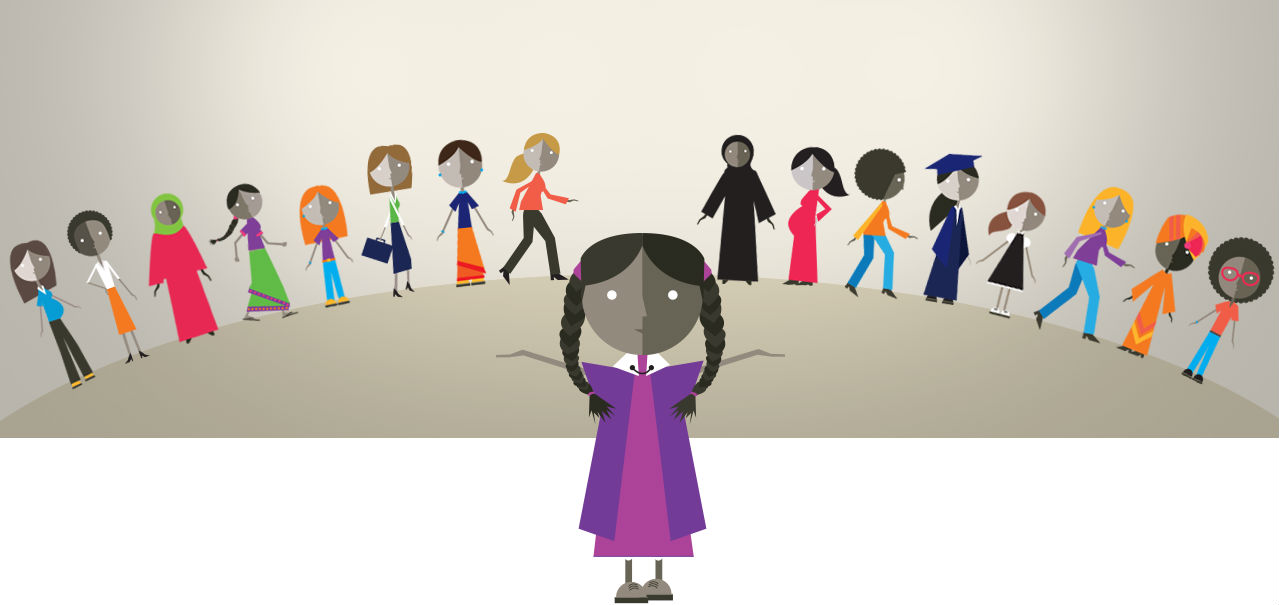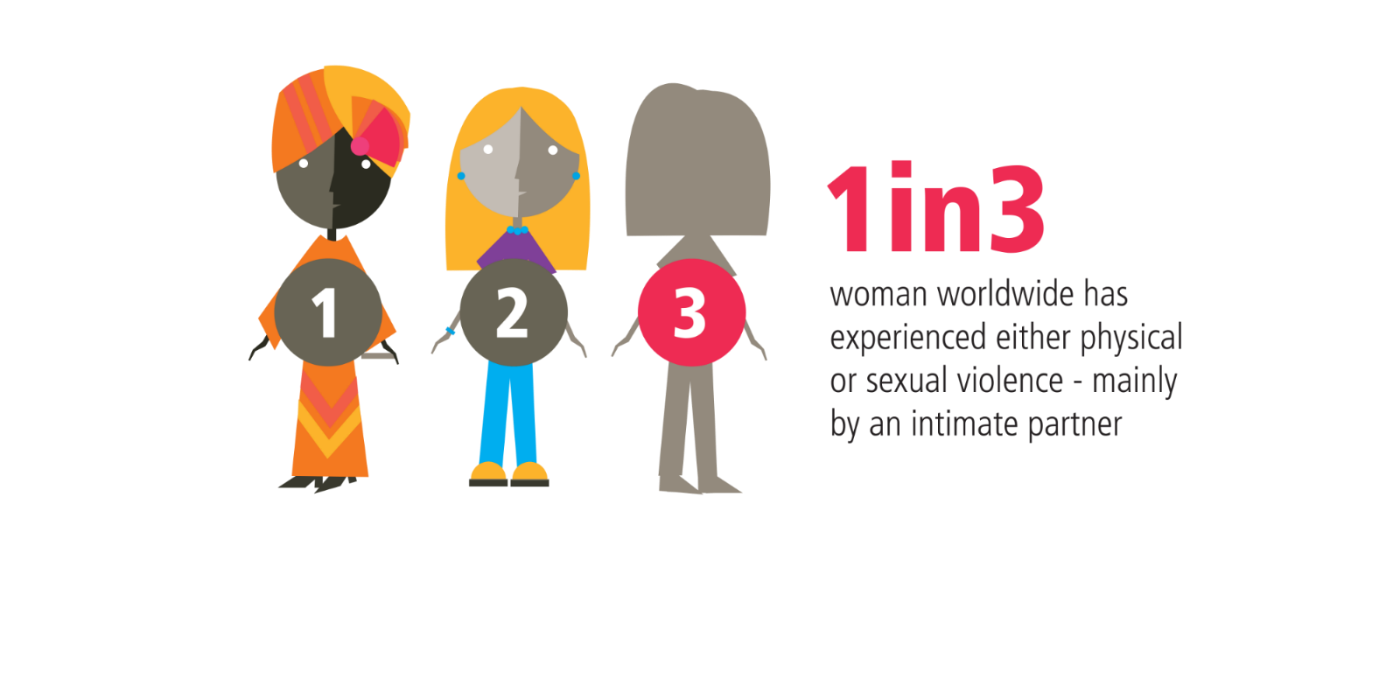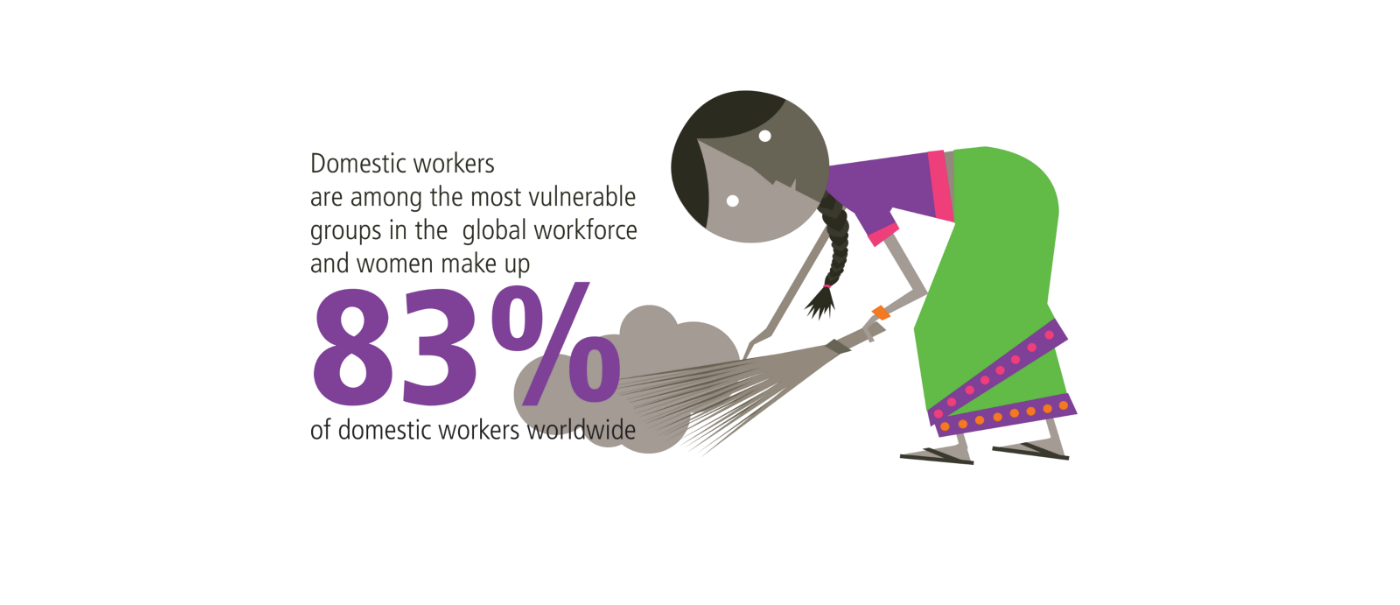Sexual and Reproductive Health and Rights
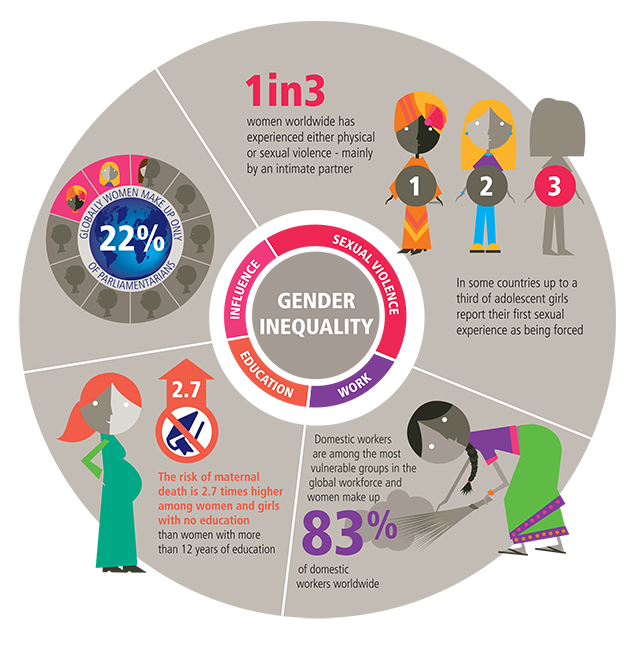
The key to gender equality and women’s empowerment
The face of poverty is female
 2/3
2/3
It is estimated that women account for two-thirds of the 1.4 billion people currently living in extreme poverty and make up 60% of the 572 million working poor in the world.
The world is changing rapidly and this change has opened doors for women to fully participate in social, economic and political life. Despite this optimism, gender norms still hold women and girls back.
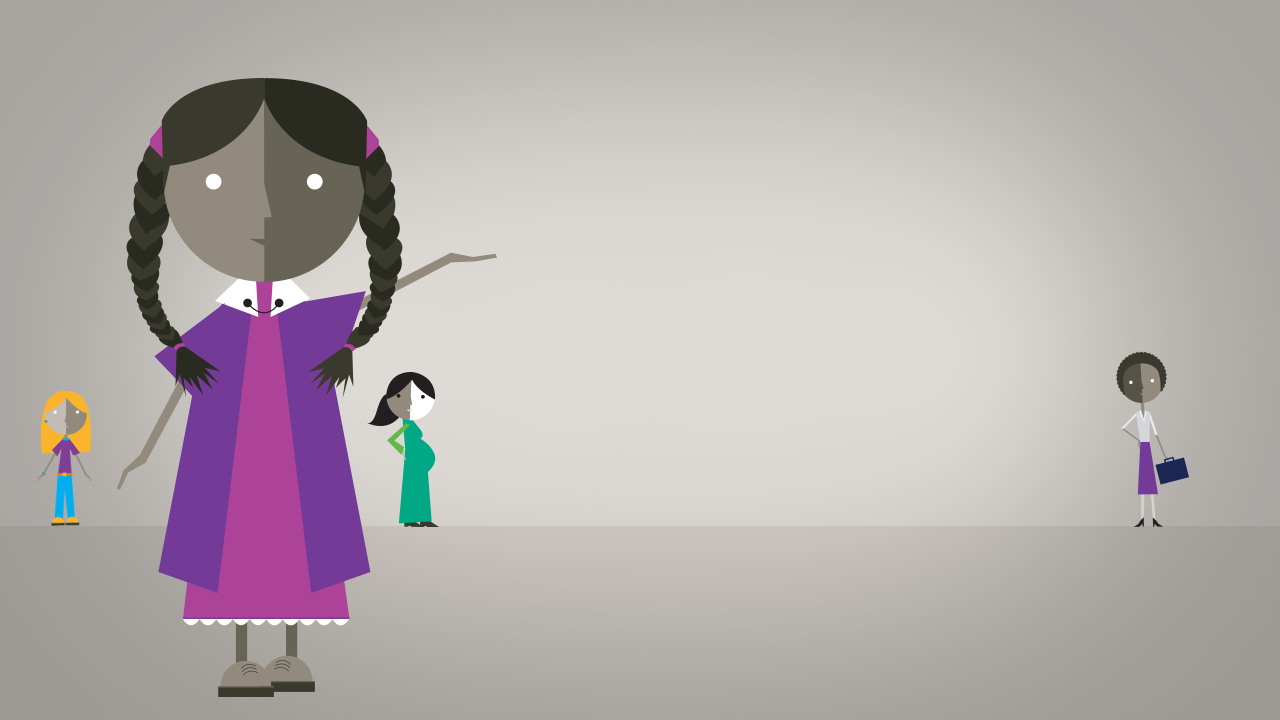
Sexual and reproductive health and rights are critical to achieving gender equality.
Why? Because when women are able to maintain good health their well-being is directly affected. There are fewer maternal deaths and less illness. Women are able to participate in education, and in all facets of life, free from violence. When women and girls can realize their sexual and reproductive health and rights they are more free to participate in social, economic and political life.
Sexual and reproductive health and rights: the key to gender equality
Sexual and reproductive health and rights are fundamental human rights. Having access to those rights will bring about huge changes to the lives of women and girls around the world. Only when women and girls have those rights will we have gender equality and only then will we be able to tackle some of the world’s most pressing problems.
In this animation we have used the stories of two girls to illustrate what happens when you give women and girls the power to decide for themselves and the ability to be in control of their own bodies.
It can make all the difference to individual lives as well as to the lives of families and the communities they live in.
Equal opportunities for all
This is what gender equality is all about
All individuals should have equal opportunities. But there are huge challenges to achieving equality. Society’s expectations for girls and women can limit their opportunities across social, economic and political life. Across the globe, women and girls still have lower status, fewer opportunities and lower income, less control over resources, and less power than men and boys. Son preference continues to deny girls the education they have a right to. And the burden of care work that women face impinges and intrudes on their opportunities in education and work.
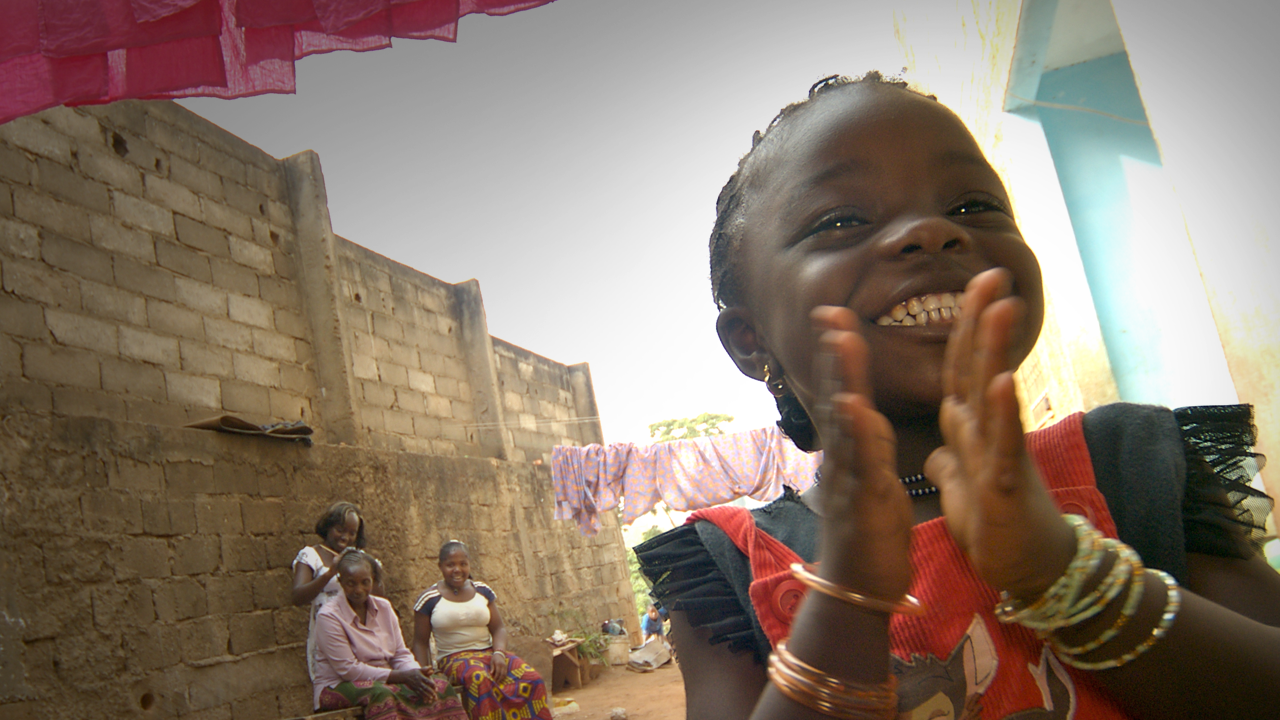
Equal opportunities for all
This is what gender equality is all about
In the most extreme cases, gender norms can kill. We see examples of this in all corners of the world. Women die at the hands of their violent partners. Women die because they cannot access the abortion services they need. Women die of preventable causes in childbirth. Transgender people are murdered for being different. Gender inequality persists and prevents girls and women from reaping the benefits of our evolving world. It also limits possibilities for men and boys.
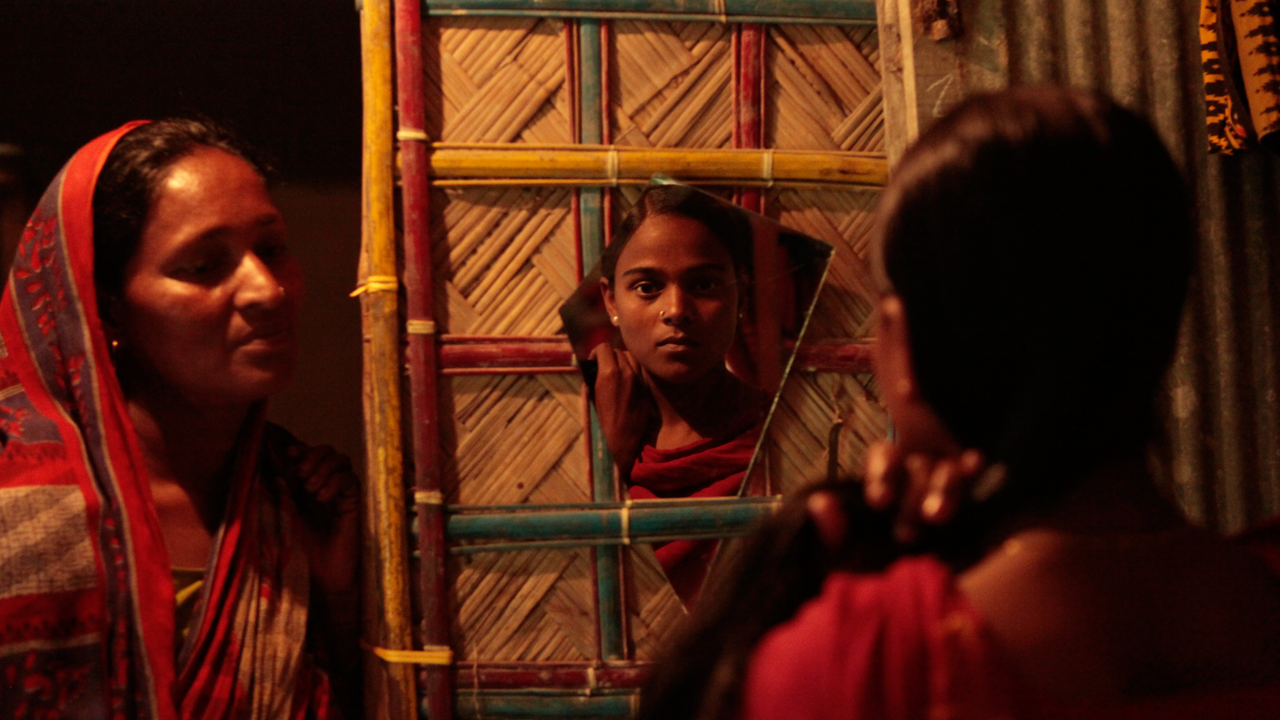
Gender inequality around the world:
denial of sexual and reproductive health and rights
SOCIAL
1. Health
HIV
Maternal health
2. Education
Early and forced marriage
Discrimination against girls
Comprehensive sexuality education
3. Sexual and Gender Based Violence
